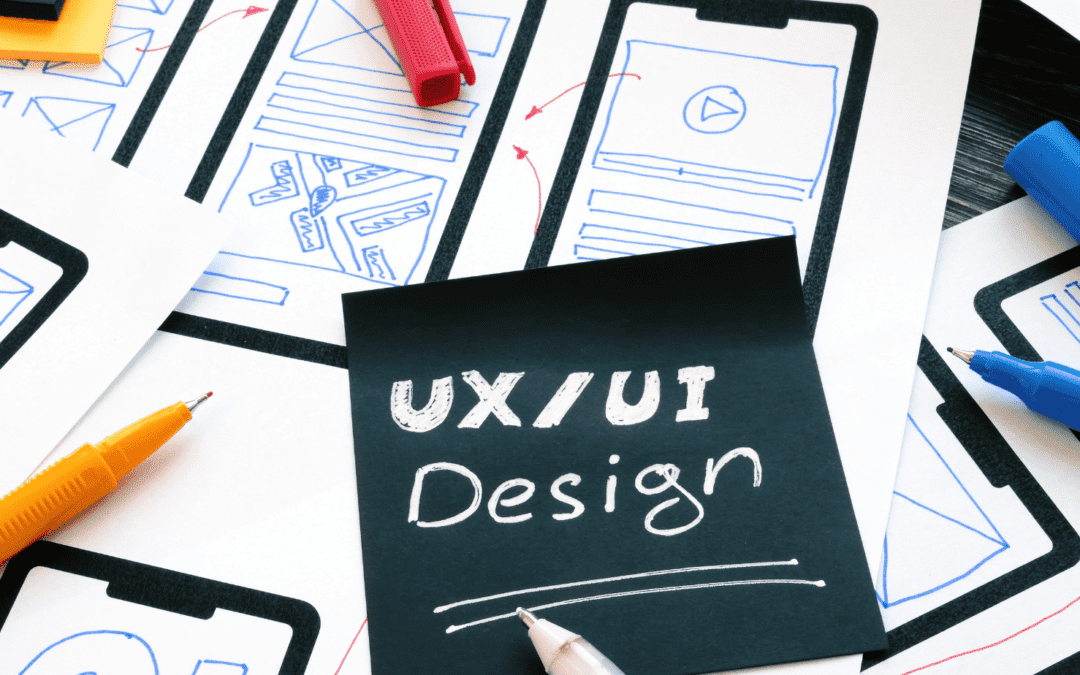Amidst the ever-evolving landscape of UI/UX design, keeping pace with innovation is crucial. As technology progresses and user demands reach new heights, designers must remain agile, continuously embracing novel trends and advancements to craft exceptional user experiences. In the following discourse, we’ll delve into several emerging technologies and trends that are poised to define the future of UI/UX design.
Augmented Reality (AR) and Virtual Reality (VR):
AR and VR technologies have the potential to revolutionize the way users interact with digital interfaces. By overlaying digital information onto the physical world or immersing users in virtual environments, designers can create captivating and immersive experiences. From virtual product demonstrations to interactive storytelling, AR and VR offer endless possibilities for enhancing UI/UX design.
Voice User Interfaces (VUI):
With the growing popularity of voice-controlled devices like smart speakers and virtual assistants, VUI is becoming an integral part of UI/UX design. Designers are tasked with creating intuitive voice interactions that seamlessly integrate into the user’s workflow. Natural language processing and machine learning algorithms are driving advancements in VUI, enabling more conversational and context-aware experiences.
Gesture-Based Interfaces:
Gesture-based interfaces are another emerging trend reshaping UI/UX design. Touchless interactions, enabled by technologies like depth-sensing cameras and motion sensors, offer new ways for users to interact with digital interfaces. From simple gestures for navigation to complex hand movements for controlling virtual objects, designers are exploring innovative ways to leverage gestures for intuitive user experiences.
AI-Powered Personalization:
Artificial intelligence (AI) is playing an increasingly important role in UI/UX design, particularly in the realm of personalization. By analyzing user behavior and preferences, AI algorithms can dynamically adapt interfaces to suit individual users’ needs. From personalized recommendations to adaptive interfaces that learn from user interactions, AI-powered personalization is transforming the way users engage with digital products and services.
Design Systems and Component Libraries:
As UI/UX design becomes more collaborative and scalable, design systems and component libraries are gaining popularity among designers and organizations. These centralized repositories of design assets, patterns, and guidelines streamline the design process, ensuring consistency and efficiency across projects. By leveraging design systems, designers can focus more on innovation and less on repetitive tasks, ultimately delivering better user experiences.
Ethical Design Practices:
With increased scrutiny on the ethical implications of technology, designers are paying more attention to ethical design practices. This includes considerations such as data privacy, inclusivity, accessibility, and sustainability. By prioritizing ethical design principles, designers can build trust with users and create more meaningful and responsible experiences.
Conclusively, the future of UI/UX design brims with exciting possibilities propelled by emerging technologies and evolving trends. Embracing these innovations and remaining attuned to user needs, designers can craft experiences that are not just visually captivating but also intuitive, accessible, and impactful. As we gaze into the horizon, it’s evident that the realm of UI/UX design holds limitless potential.

